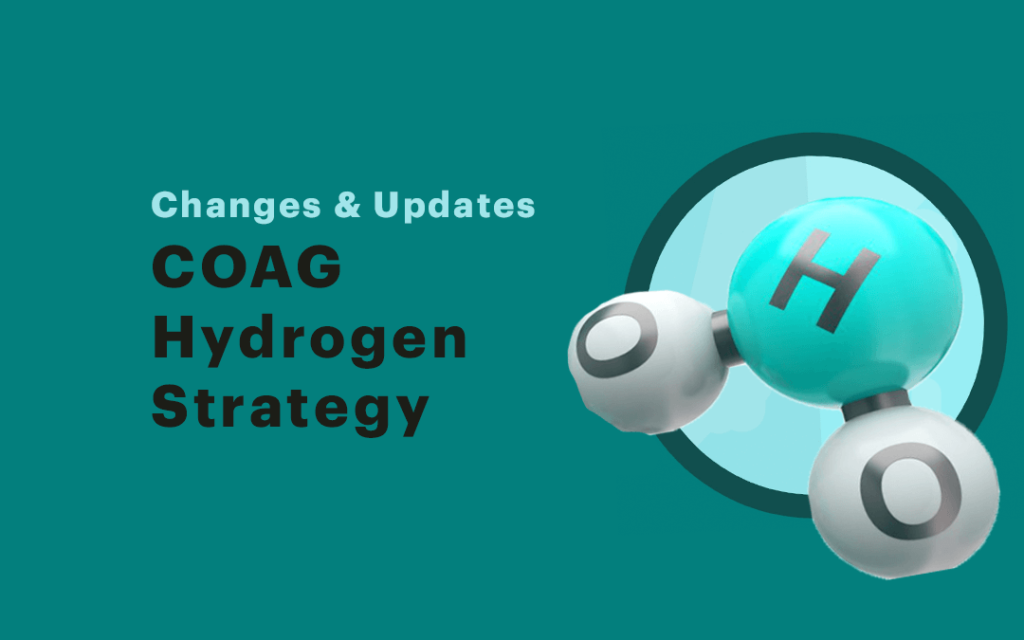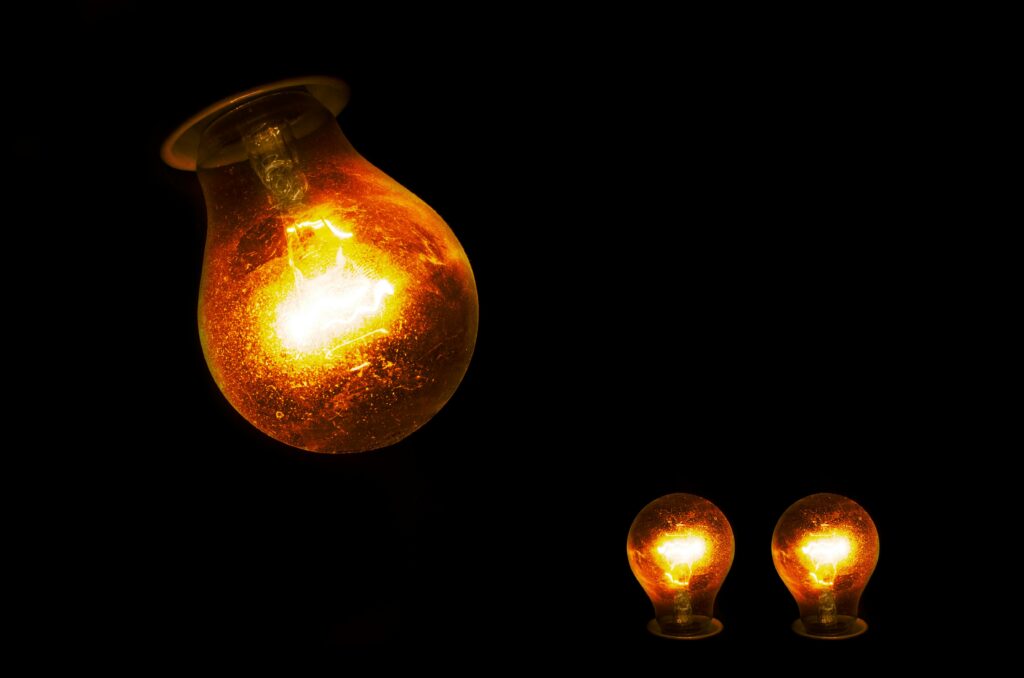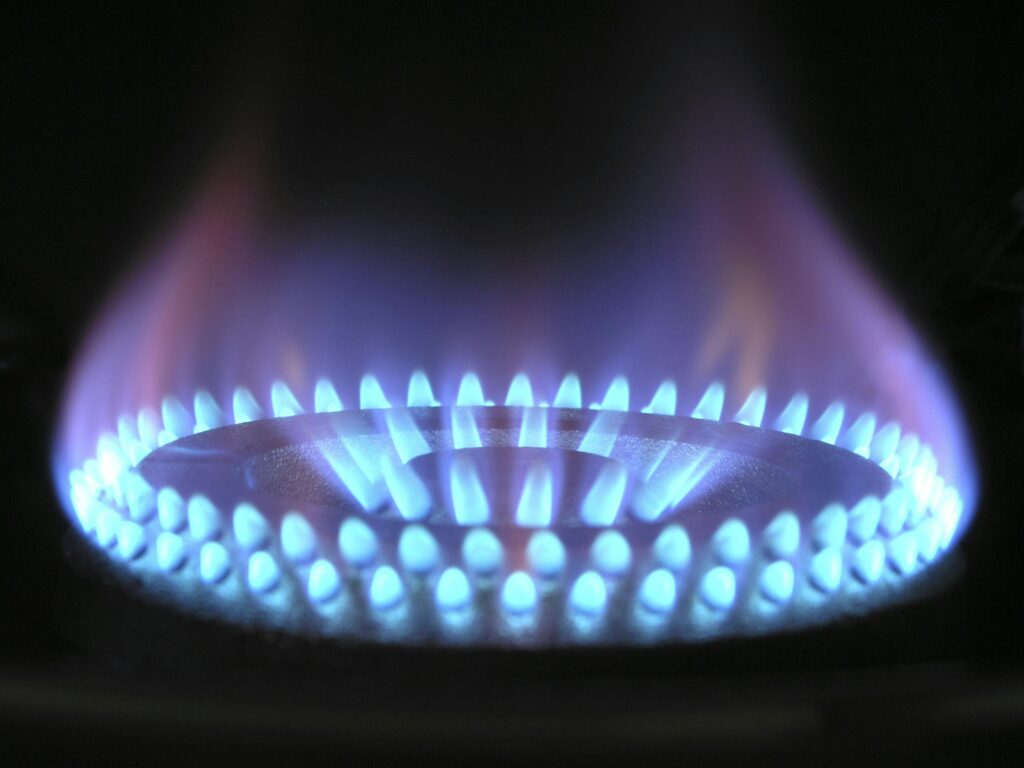Do you drive a car? Well, listen up.
The Council of Australian Governments has released its new hydrogen strategy.
It is bringing the development of cleaner energy to the forefront.
So how does this impact the gas industry, and Australia’s climate change?
Let’s take a look.
How is Hydrogen made?
Hydrogen is considered a clean fuel.
When it is burnt, or used as fuel, it creates water.
Hydrogen can be derived from natural gas, biomass, solar, wind or nuclear power. Due to the variety of sources, it makes it an incredible fuel for many applications.
Powering cars to houses and portable power, Hydrogen can also store, move and deliver energy from other sources.
The most common way hydrogen fuel is created is through natural gas reforming.
A few different processes can be used including a thermal process, electrolytic, biological and solar-driven.
How is Hydrogen relevant to Australia?
Australia could potentially create and produce Hydrogen to supply the world. Asia has an increasing demand for this. Therefore, the government and the community will need to work as one to provide this.
Future planning includes stations like ‘hydrogen hubs’ which provide the industry with its springboard to scale. Hydrogen will provide a significant increase in jobs and economic growth.
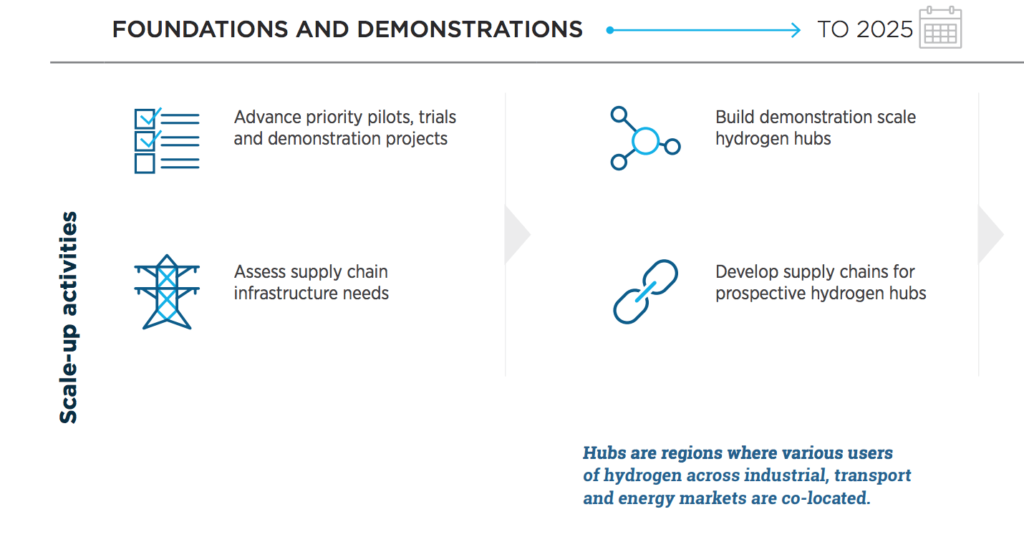
How does Hydrogen impact the environment?
While Hydrogen is considered clean energy there is still a lot of research being undertaken to understand the full effect of hydrogen. Studies have found that hydrogen will lower emissions in comparison to current fuels. However, it could have some other effects like increasing the moisture in the ozone.
Caltech explains, “While a hydrogen fuel-cell economy would almost certainly improve urban air quality, it has the potential unexpected consequences due to the inevitable leakage of hydrogen from cars, hydrogen production facilities, the transportation of the fuel.”
Yet there is still limited research around Hydrogen and its effects. One thing we know is that it is a better alternative in comparison to current fuel sources and it is considered to be attractive, as its only byproduct is water.
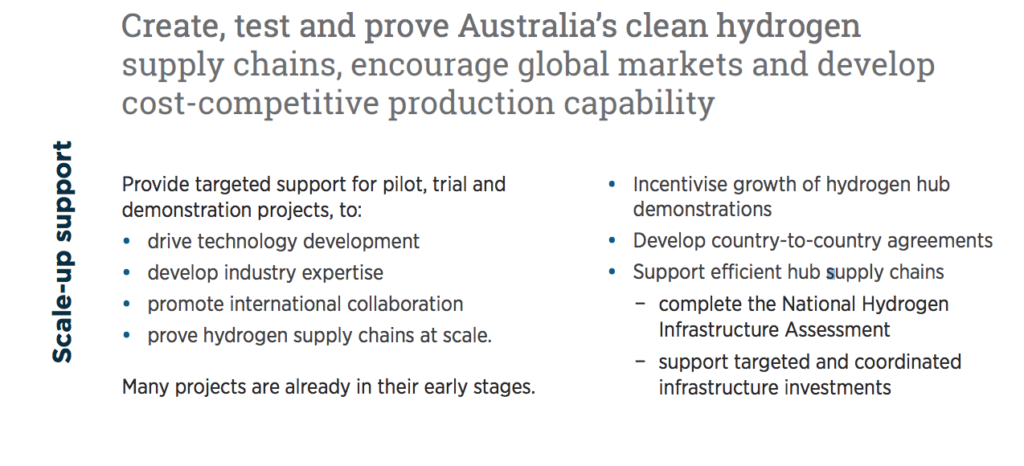
What does this mean for gas fitters?
As a gas fitter, it is essential to be aware of the up and coming changes in the industry.
Due to the new strategy being released, we will see an increase in hydrogen gas across the country.
Consider this and be at the forefront of the change.
What are you doing about hydrogen gas?
The hydrogen pathway has already started, with the Australian Gas Association Inc recently is experimenting with how Natural gas appliances react with say 10% Hydrogen inserted into the natural gas supply and slowly increasing the percentage to 100 %.
The process will commence with the testing starting with 10-15% into a natural gas reticulated are, to introduce the first phase of 10-15% insertion within 3-5 years, to going 100% within 5-10 years and fully carbon neutral by 2050!
Gasfitters, will not require further training for the blended systems to 15% or maybe higher, however, there will be training required and further qualifications for 100% hydrogen systems,
The momentum is building – keep aware and hop aboard the future now.

